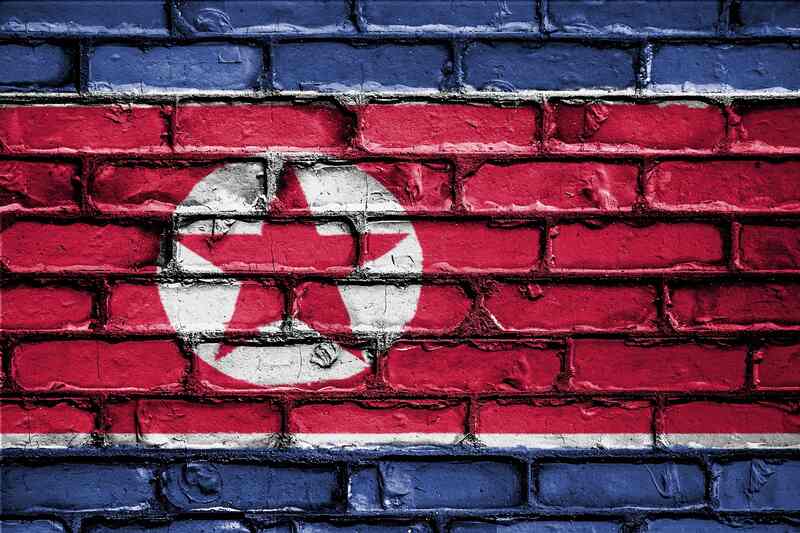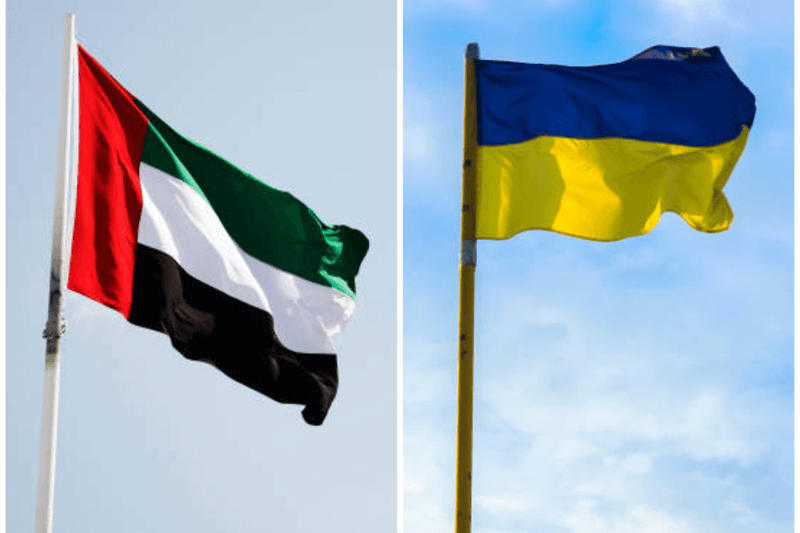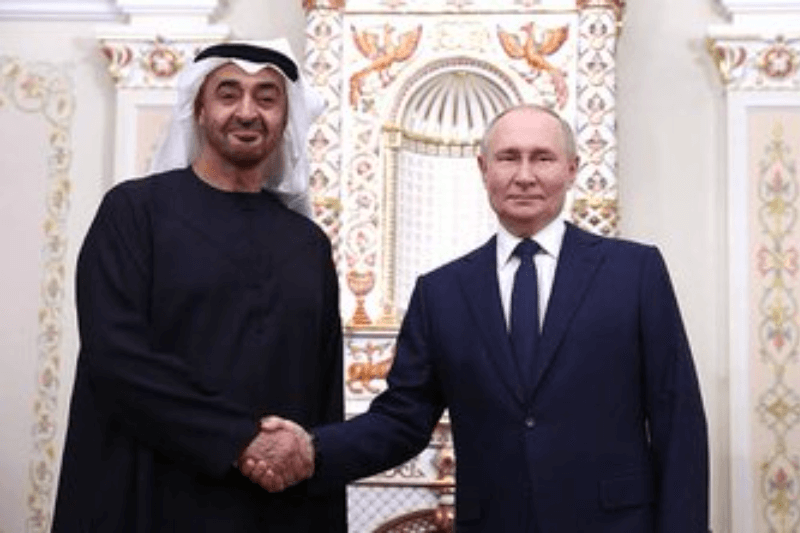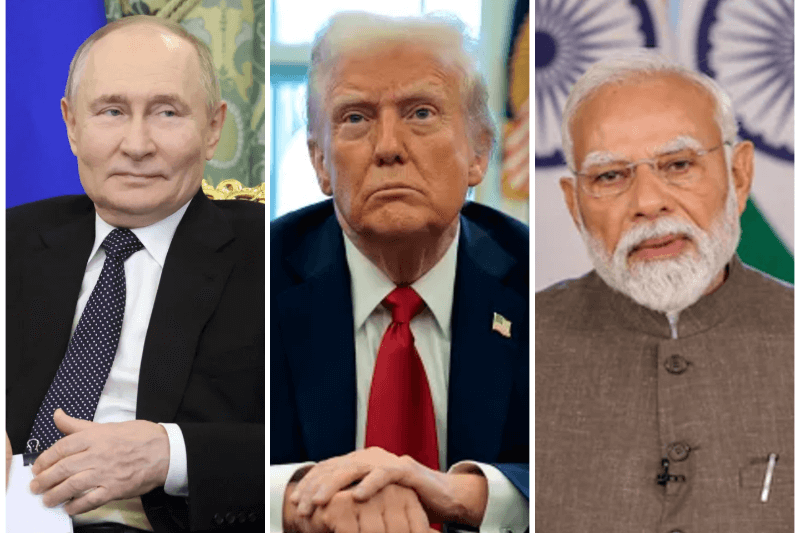
North Korean Troops in Russian Uniforms: A New Threat to Ukraine’s Stability?
U.S. Defense Secretary Lloyd Austin disclosed on Wednesday that North Korean forces, clothed in Russian clothes and equipped with Russian military weapons, are gathering toward Ukraine in a shocking development that calls questions about world security. During a Washington press conference including South Korean Defense Minister Kim Yong-hyun, this concerning change in military dynamics was emphasized as concerns over Pyongyang’s alleged deployment of up to 12,000 troops to assist Russia grow mountable.
Strategic Movement and Military Consequences
Austin underlined that some of these North Korean fighters are being sent to the Kursk region, a vital area along the border with Ukraine, where Russian troops are now confronting major obstacles to forward movement of Ukrainian forces. The advent of North Korean advance units in this area points to rather strong chances of their active combat participation. “The likelihood is pretty high,” Austin said, “that Russia intends to employ these troops in operations against Ukrainian defenders,” therefore aggravating the situation even further.
Concerned about the possible consequences for the continuing war in Ukraine, foreign officials have been startled by the rising military cooperation between North Korea and Russia. With hopes of direct involvement in combat operations against Ukrainian forces beginning in November, Ukraine’s UN Ambassador Sergiy Kyslytsya expressed concerns regarding as many as 4,500 North Korean troops potentially being at the border immediately. The possibility of foreign soldiers entering the war emphasizes the geopolitical importance and the extent both countries would go to support their military campaigns.
American Reaction and Foreign Policy
Austin said in response to this unparalleled scenario that U.S. officials are actively debating ways to handle the deployment of North Korean forces, realizing that this development might greatly widen or extend the conflict in Ukraine. Austin said that while this scenario would inspire other countries to participate more actively in the fight, he did not specifically discuss the particular answers under consideration.
Emphasizing the need for diplomatic interaction and a stop of activities that can cause more instability in the area, Austin and Kim advised North Korea to rethink the force deployment. Kim Yong-hyun cautioned that although this military move would increase security concerns on several fronts, he doubted that it would inevitably start war on the Korean Peninsula.
Analysts in the broader geopolitical context believe that North Korea’s recent activities show a deliberate attempt to deepen its relations with Russia during the continuous confrontation. In return for its backing, North Korea is expected to be seeking advanced military technologies including ballistic missile capabilities and tactical nuclear weapons. This strategic alliance might change the balance of power in Ukraine as well as in the larger framework of world affairs.
Austin noted that the need of admitting North Korean troops into the Russian military structure emphasizes the degree of losses Russia has experienced during the protracted war. “They are doing this since (Russian President Vladimir) Putin has lost a lot of troops,” he said, underlining how much Moscow’s military capability has suffered. Russia’s unstable present has been exposed in the wake of these setbacks as it has sought further military help and resources from North Korea and Iran.
Detailed intelligence reports
Although some sources imply the count could be more, U.S. estimates point to approximately 10,000 North Korean personnel already stationed in Russia. Claiming that up to 12,000 North Koreans are now undergoing training at several facilities in eastern Russia, including a detachment of at least 500 officers and three generals from the General Staff, Kyslytsya gave the UN Security Council more specific information.
The envoy from Ukraine said of the integration of these North Korean soldiers into Russian military operations: they will not only wear Russian uniforms and use Russian small weapons but also be issued Russian identity credentials to hide their presence on the battlefield. This strategy of placing North Korean soldiers among groups made of ethnic Asian minorities, including the Buryats, complicates the matter on another level.
The continuous trade of military resources begs urgent issues regarding what North Korea could anticipate in return for sending combat soldiers to Russia. Though there is growing proof of military collaboration, details on Pyongyang’s needs or Moscow’s offers remain unknown. The ambiguity over this configuration emphasizes the possibility of more destabilization in the area.
Austin and Kim underlined in their conference the need of ongoing massive military operations and improving collaboration on nuclear deterrent policies. This joint project seeks to solve the changing military scene in Ukraine and increase capacities in response to North Korean missile threats.
Austin and Kim are scheduled to meet with Secretary of State Antony Blinken and South Korean Foreign Minister Cho Tae-yul as the matter unfolds to go about strategic reactions to these concerning events. North Korean soldiers’ increasing presence in Ukraine not only raises the conflict’s stakes but also seriously jeopardizes world security.
Both the United States and South Korea are closely observing the situation, thus the international community stays on high alert ready to react to the changing military dynamics as the war in Ukraine develops. North Korean participation in this battle could change the geopolitical scene and affect future military alliances, therefore highlighting the interdependence of world security concerns.




